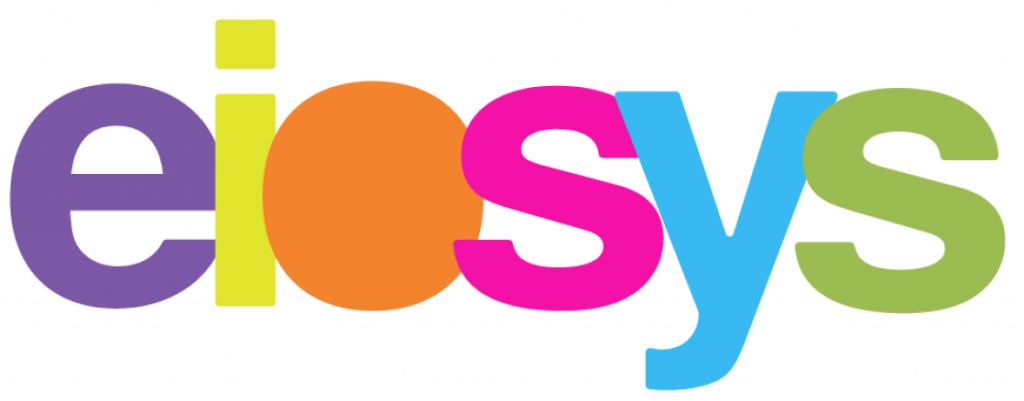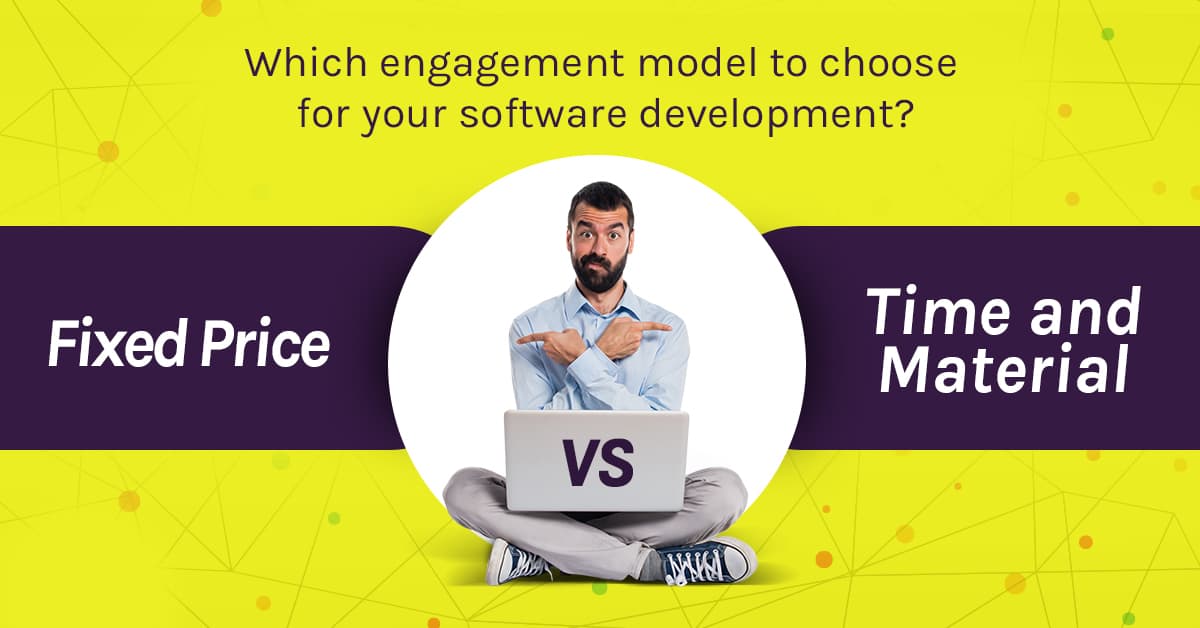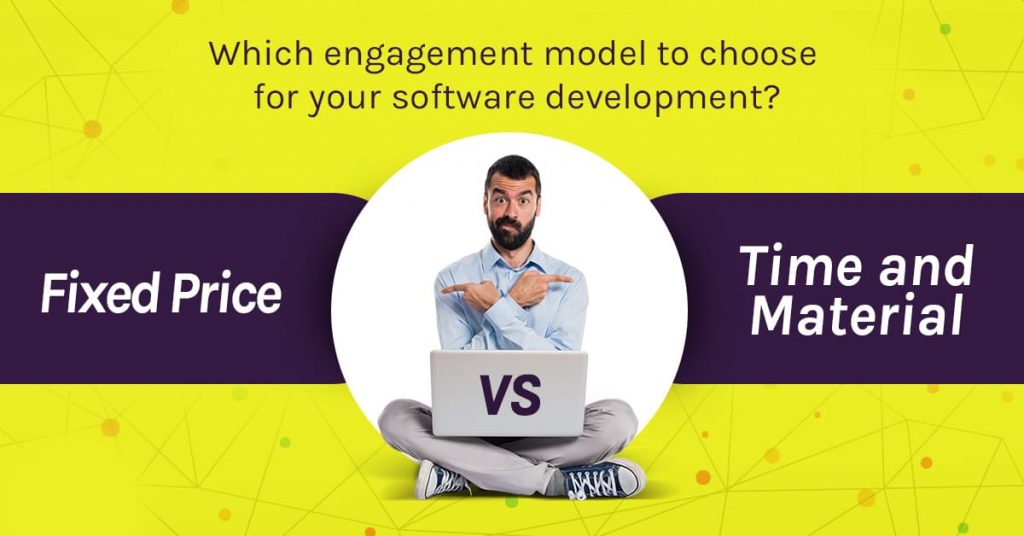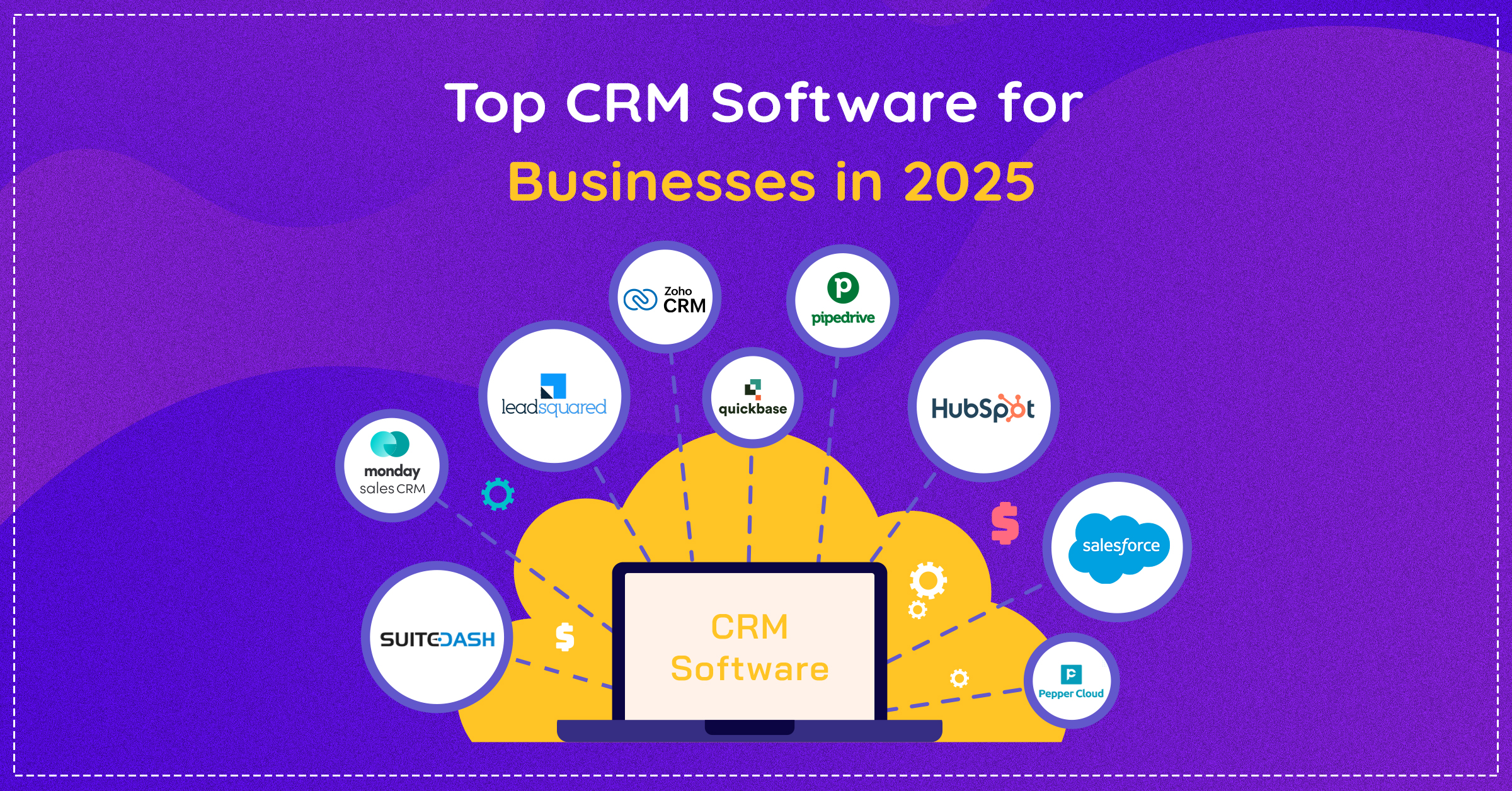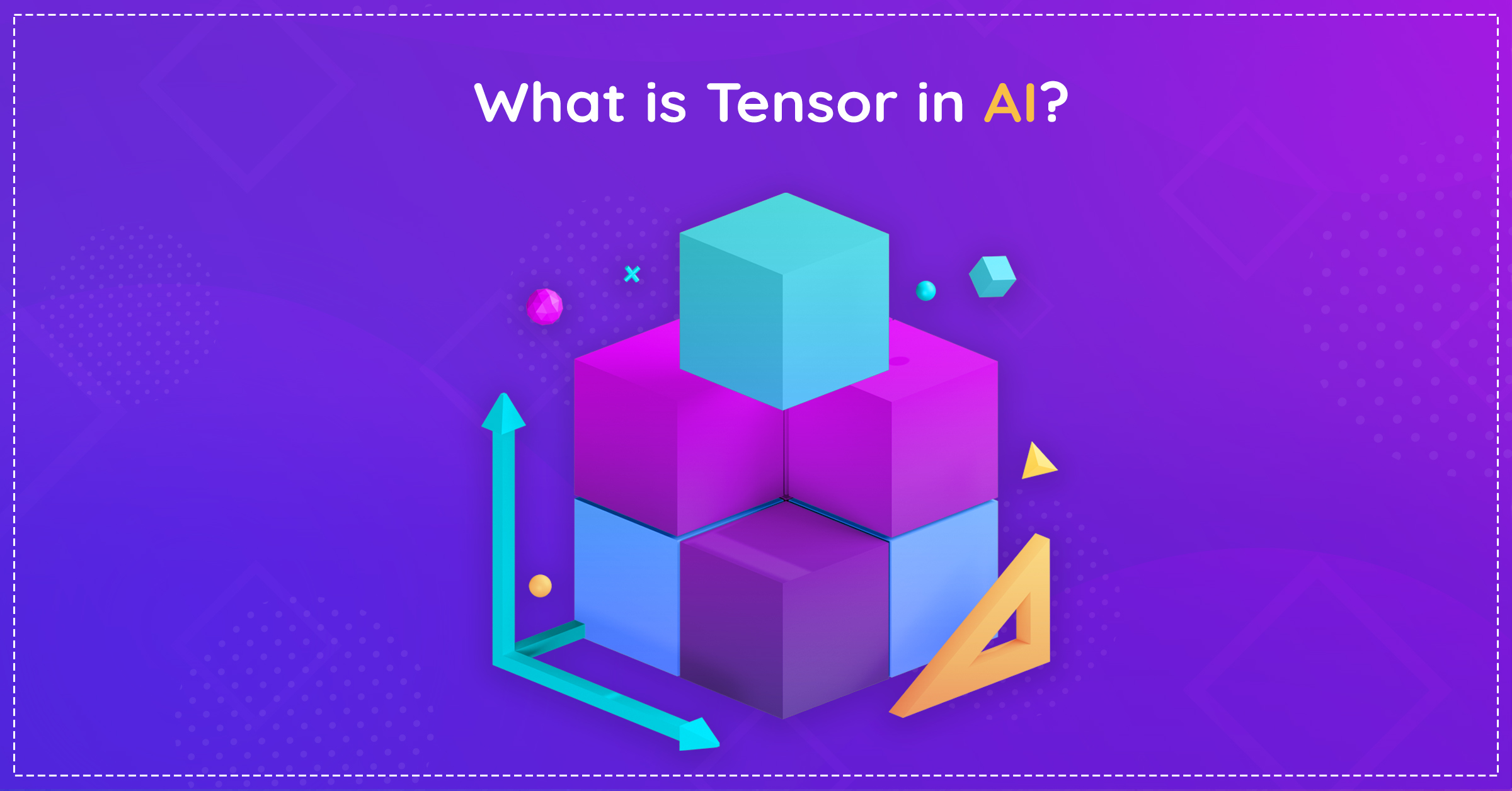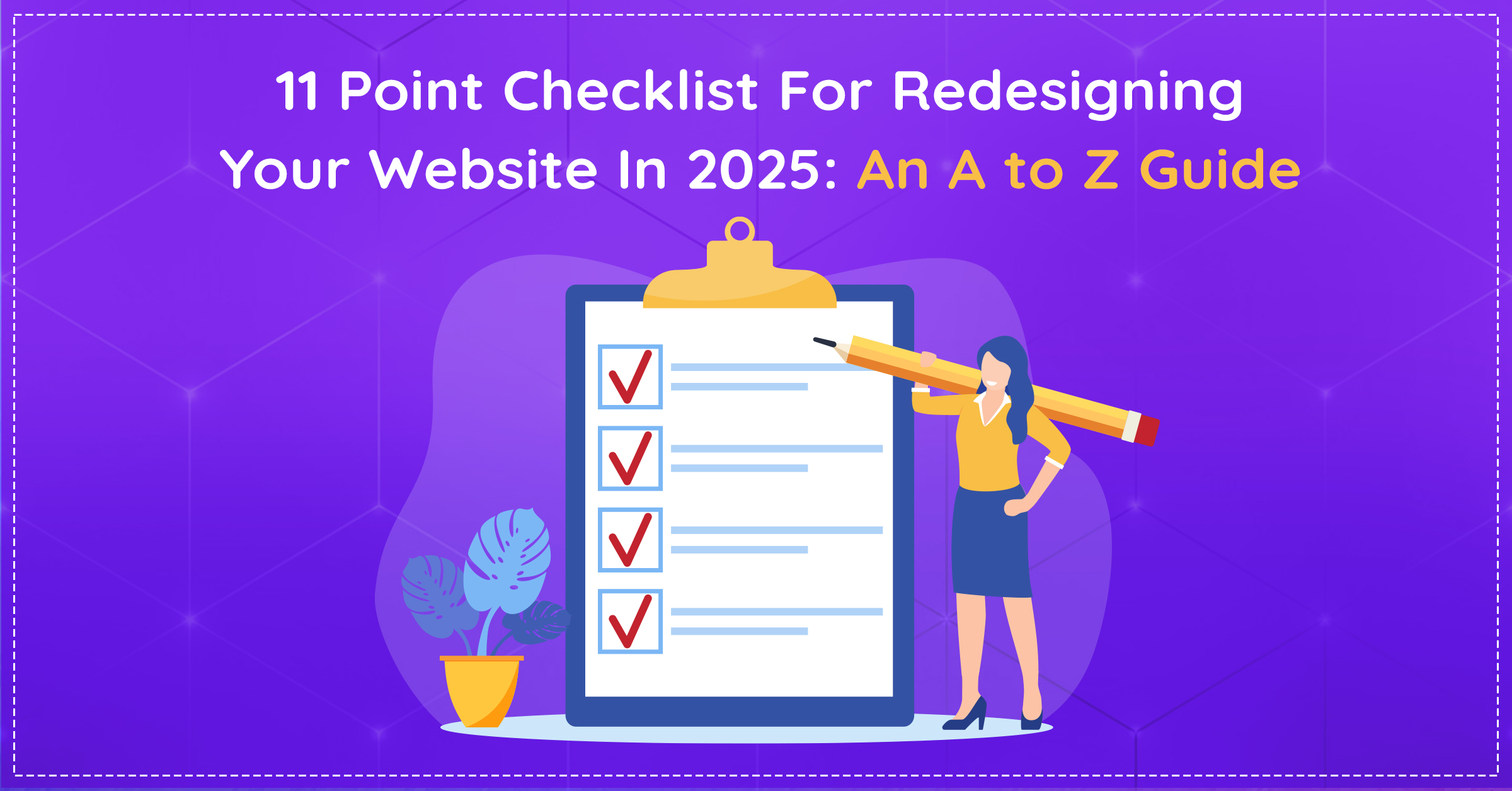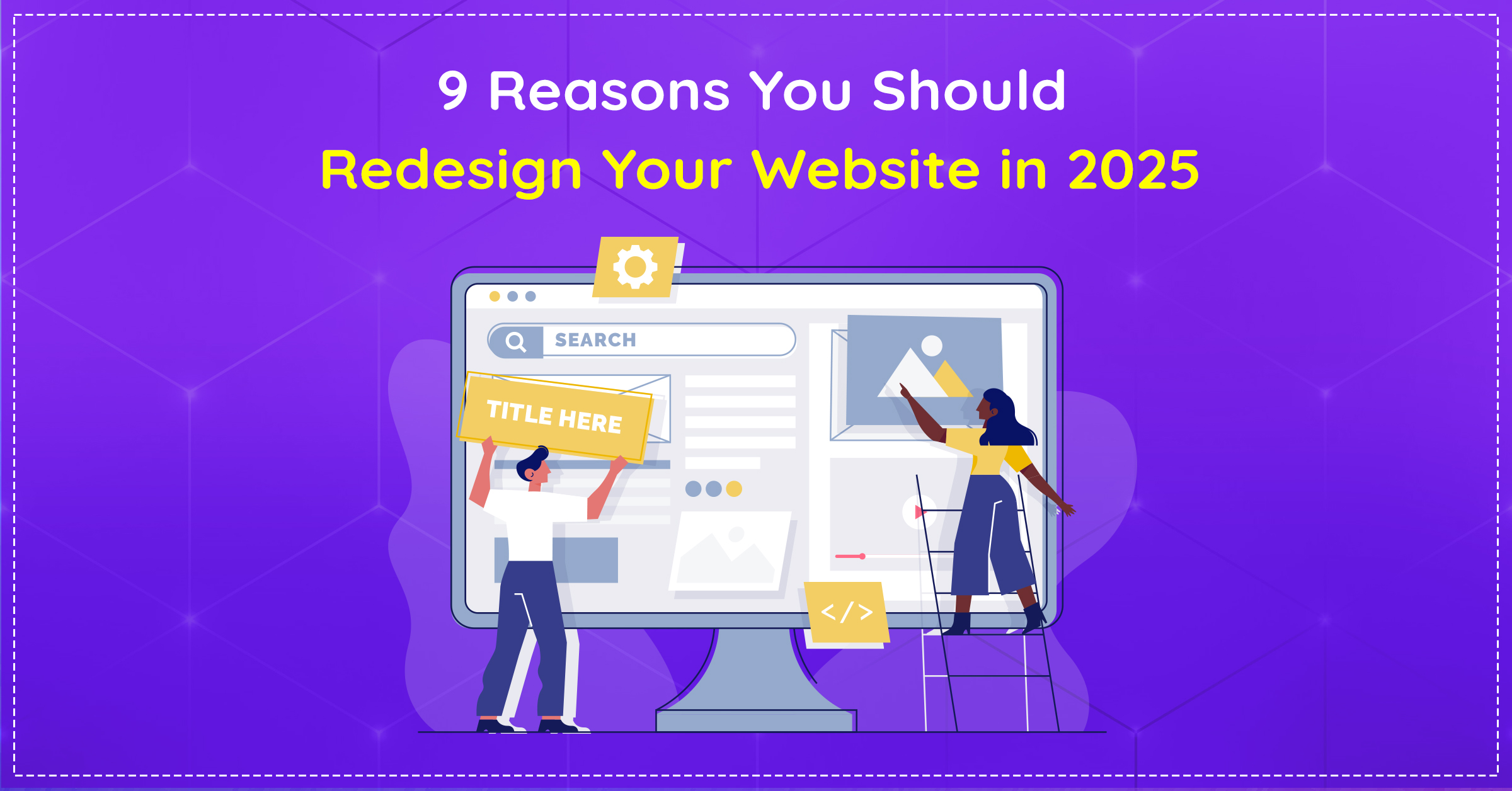It’s important that you opt for the right engagement model for your software development project with your development company. The model you choose will affect:
- How much control you have over the project
- The level of flexibility you will have during the development process
Here are some points that will help you decide whether you should opt for the fixed price association model or the time and material engagement model.
What is Fixed Price Engagement model?
The fixed price association model is a software development model where:
- The client only has to pay a predetermined amount for the project
- The development team delivers within that amount
With this model, you not only get to set the price but also get to set the scope of the project along with the requirements and deadlines before the start of the project.
Pros:
- Transparency: With a fixed deadline, fixed allocated budget, fixed requirements and timely project management interaction with the contractor means that there is absolute transparency and no unwanted surprises for you.
- Ease of management: Since the payments are made for a specific amount of work performed, you don’t have to be involved in the project all the time.
- Predictability: With so many defined parameters like the amount of work, allocated budget, deadlines etc. you can easily plan out your expenses and launch in advance for the next 1-3 months. However, if the project development duration is 4 months or more, then you should consider a separate model.
Cons:
- Less flexibility: The negative aspect of this model is that it doesn’t provide a lot of flexibility once the project is underway, as changes would affect the cost of the project, and could create a clash of interests on both sides
- Less accountability: Less accountability can be a pro or a con depending upon each case scenario. It means that there is not much interaction or to and fro between the customer and the team. Some of the decisions about the project will be taken by the development team on its own accord
When to use this model:
- When you have a limited budget because you’ll be knowing exactly how much you’ll be spending at the beginning of the contract
- When you have fixed deadlines and complete clarity about your project requirements
- When working on a small project with limited features
- Minimum viable product
- When you are working on a short term project which is predictable and can be thoroughly planned in advance
- When using Waterfall methodology of software development
What is Time and Material engagement model?
Time and material engagement models would cost you based on the time and efforts of the development team that went into the app development. As a customer, you pay for the materials plus the hours spent by the team members on the project.
This model allows you more flexibility so that you can make alterations in the software during the development process as and when required without affecting the terms of the contract. Furthermore, it also allows you to shift directions if required, replace features and involve more team members to derive the final product.
Pros:
- Cost Effective: You pay only for the time spent in developing your product and the expertise that goes into it.
- Flexible: This model allows you to modify the volume of work, add certain features, change the point of focus, revise the work and much more as it is based on unit price contracts.
- Dynamic work scope: You take decisions as the project dynamically as the project progresses. You don’t have to make big decisions beforehand.
Cons:
- Low budget control: Since modifications in the project cause delays, you’ll find it hard to maintain the budget as it may extend the set amount.
- More involvement: Compared to a fixed price model, you’ll have to spend more time and increase the amount of your involvement in this model.
When to use this model:
- When you have long term projects with dynamic requirements
- When complete transparency is needed between your team and the developers throughout the project
- When you need a lot of flexibility in your project
- When you’re willing to get more involved in the project
- When using the Agile methodology of software development
CONCLUSION:
Both the fixed price and the time and material model has its own pros and cons and specific situations where it can be used. The factors that you should keep in mind while selecting either of them are:
- Scale of your project and its tendency to evolve
- Allocated budget
- Amount of transparency
- Degree of control/amount of involvement you want in the project.
If you are still unsure about the engagement model you should choose for your mobile app development or custom software development project, get in touch with our experts who will help you choose the model based on your needs and help you to turn your vision into a reality. [/vc_column_text][/vc_column][/vc_row]

